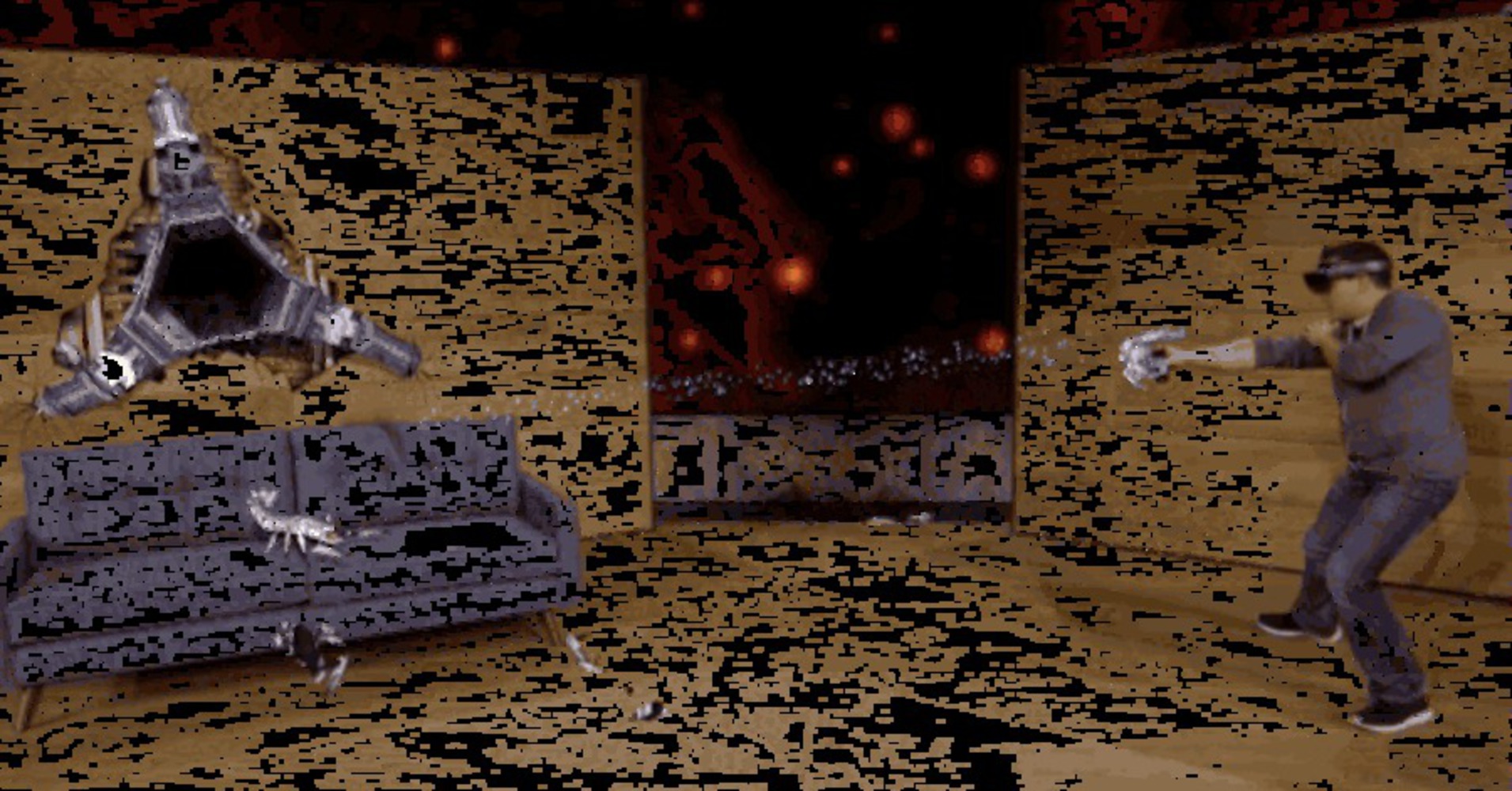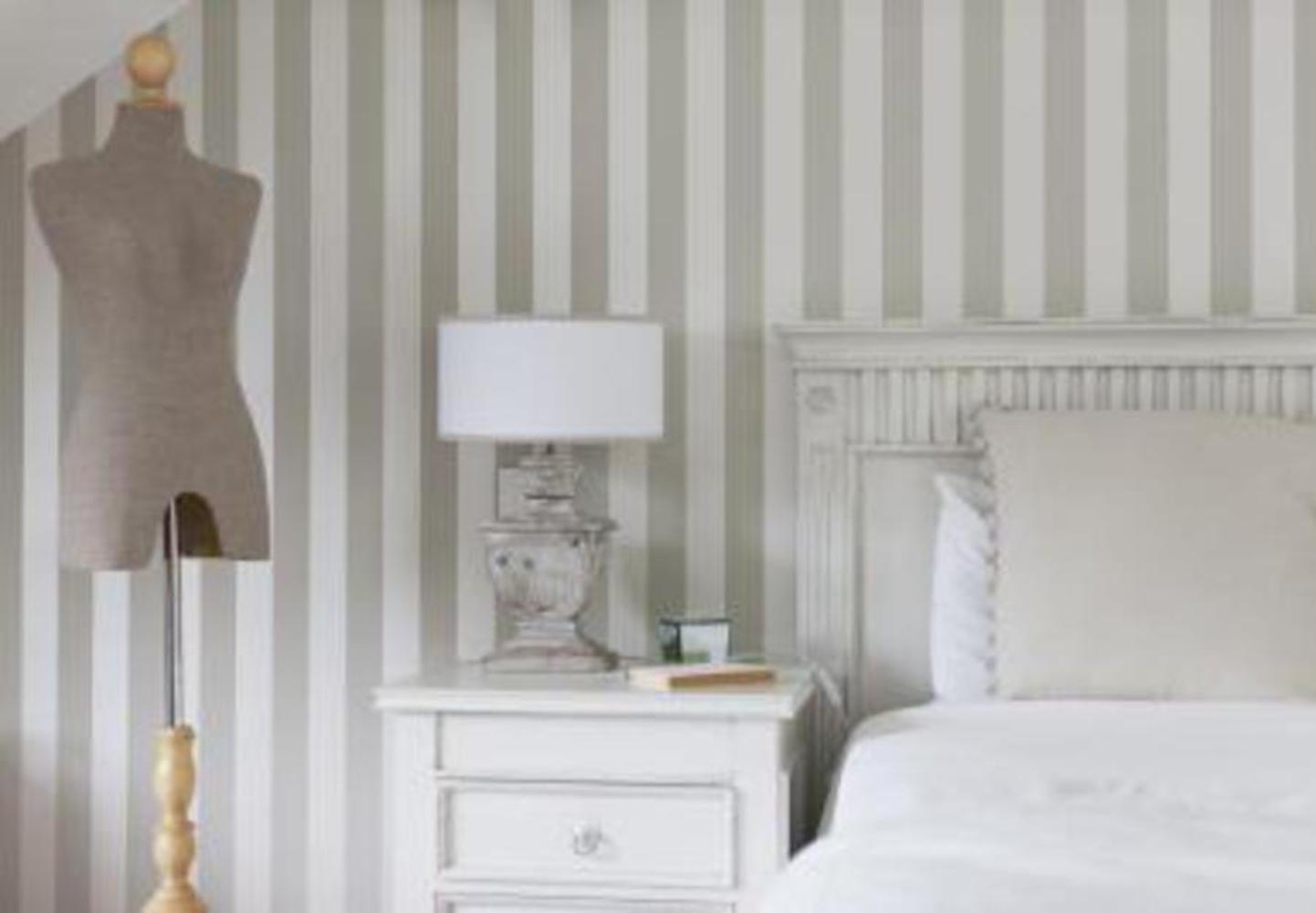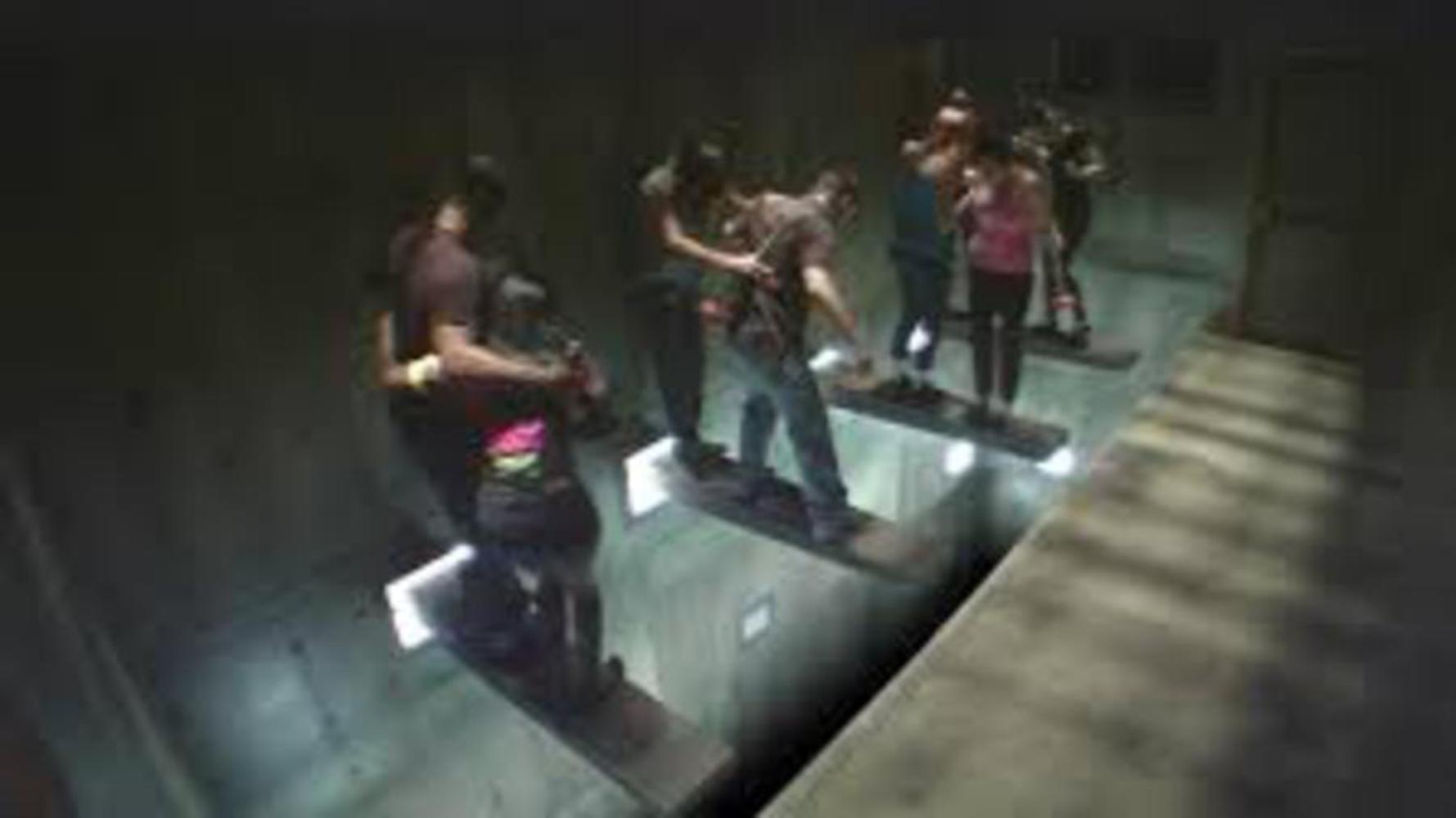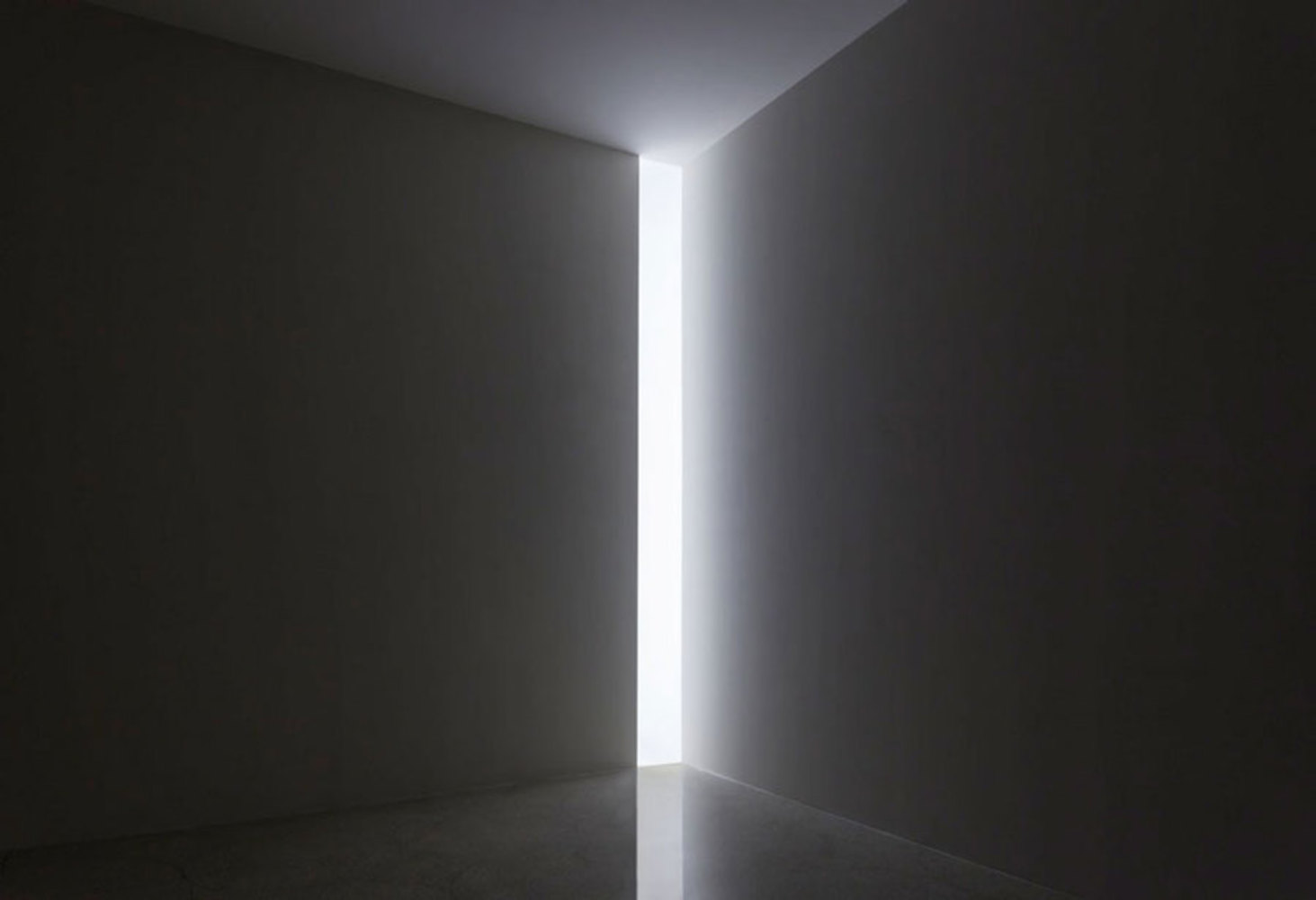The illusion that I selected is altering a physical space using shading. We perceive depth primarily using binocular vision, but there are several monocular ways to detect depth that our minds have adapted and become accustomed to. Because of these connections between visual cues and our depth perception, the world doesn't become flat every time we wink.
One such cue is lighting and shading, and when properly manipulated, it can be used to alter one's view of a space to make it think it is larger or smaller, or in some cases bring entire spaces into existence that were not there previously.





